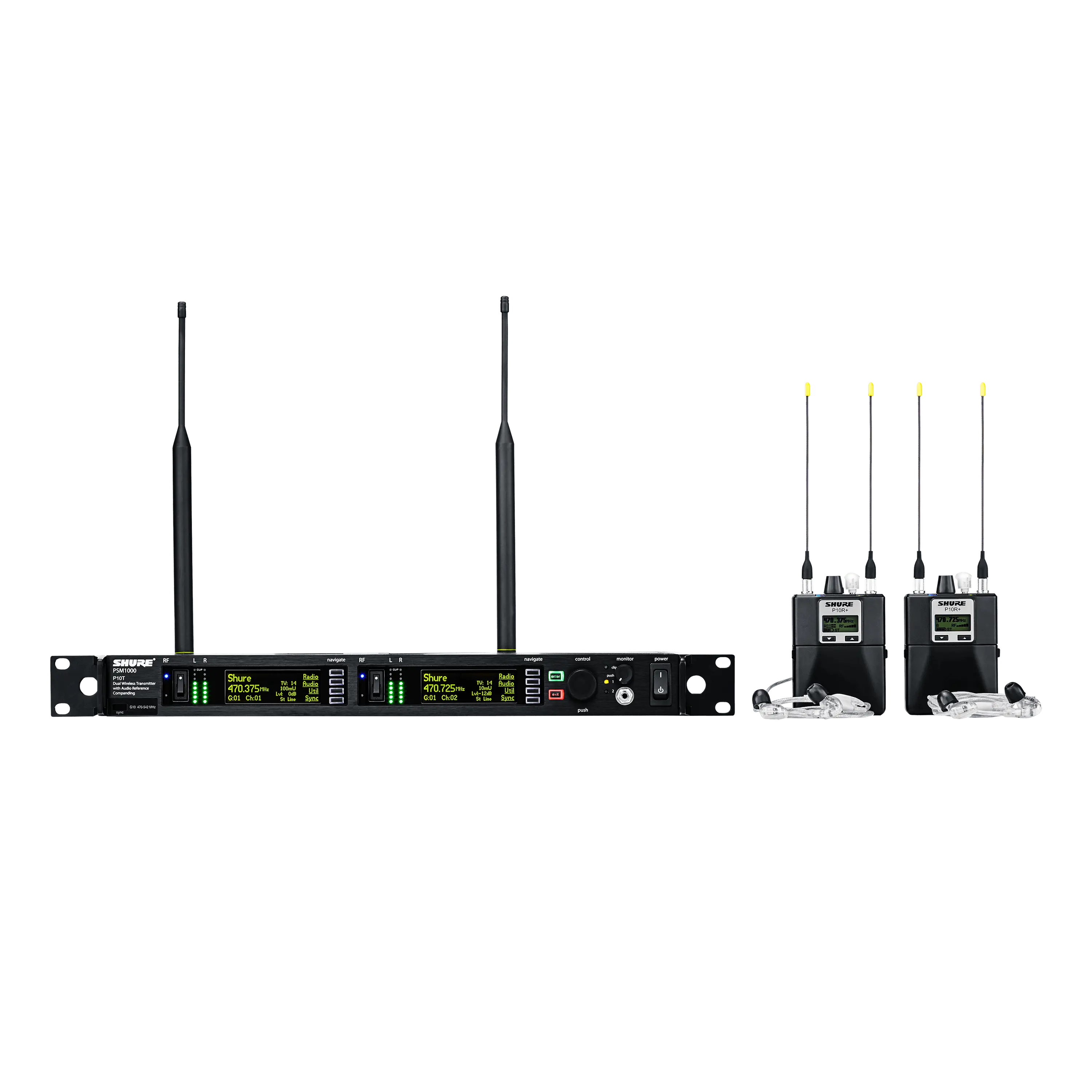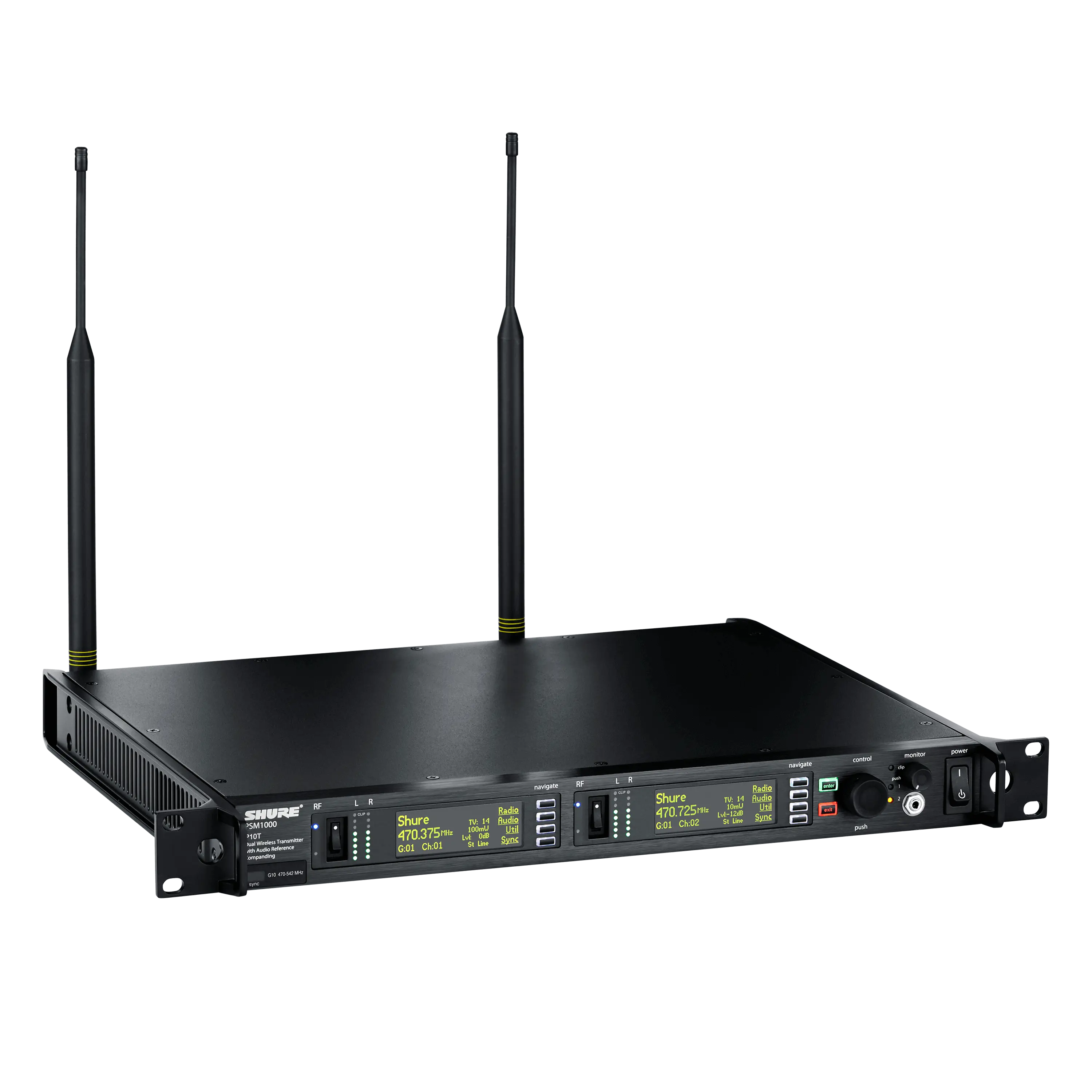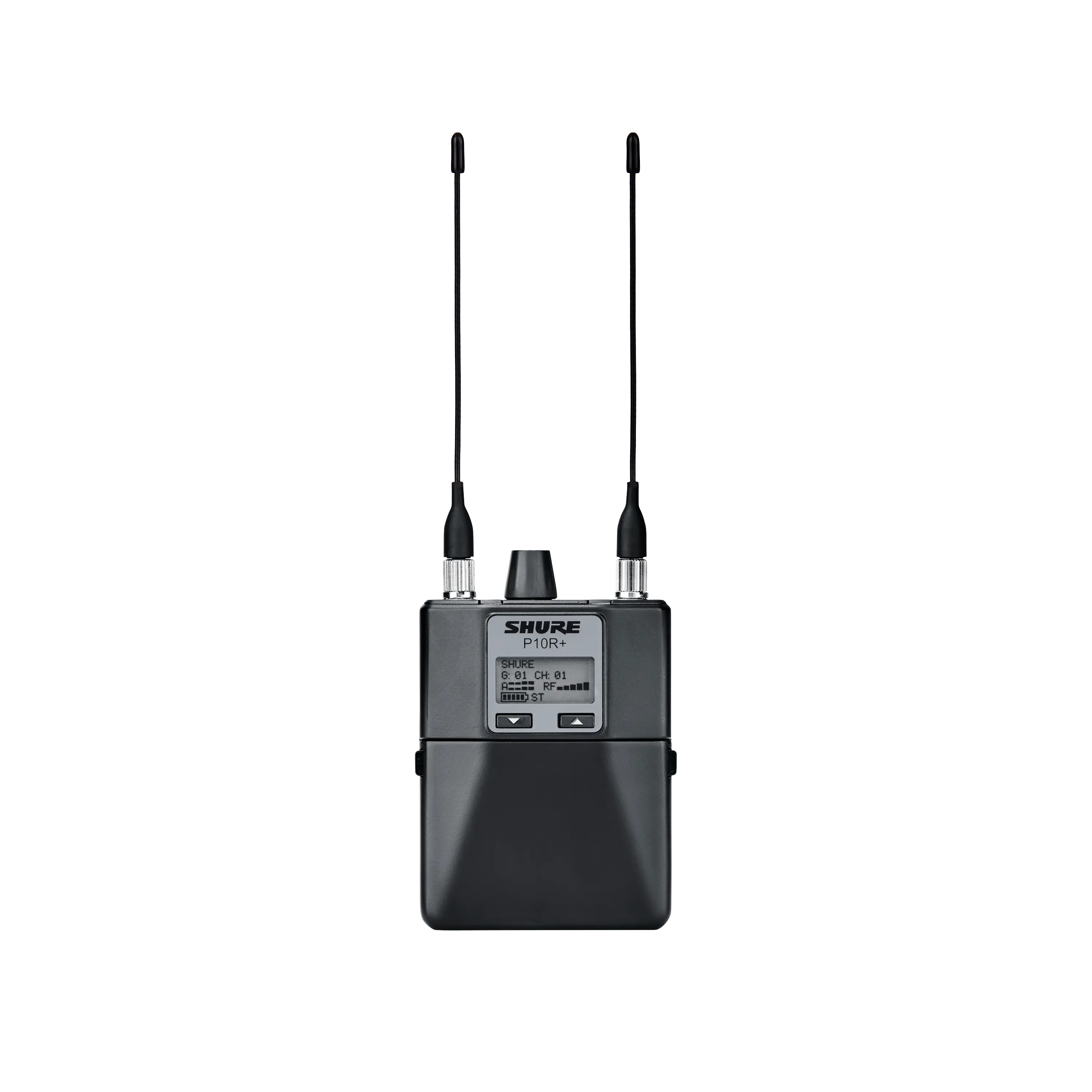Shure Wireless Workbench® 6: Compatibility Profiles

Edited Transcript
The frequency coordination tab is full of features to coordinate compatible frequencies for Shure and third-party wireless systems. One handy tool in the Frequency Coordination tab is the compatibility profile, which is a setting that changes the amount of personal space in the spectrum that each type of wireless system will require to be considered compatible.
The Frequency Coordination tab displays a list of the wireless frequencies you have selected to be a part of a given coordinated solution, and frequencies are organized into groups by type. Within each type header, there's text that reads, "Standard", "Robust", or "More Frequencies". This text tells you which compatibility profile is currently being used to assess frequency compatibility.
Compatibility Profiles in Wireless Workbench® 6
Compatibility Profiles are defined and managed in the Equipment Profiles dialogue,which can be reached from the Tools menu within Wireless Workbench. When you open this dialogue, it will show all of the systems Wireless Workbench contains in its database. Each system contains parameters that define the specific requirements that determine compatibility for frequencies for that type.
First, select the Manufacturer, Model, and Band of the system that you would like to use. After you have chosen your system, select the "Filtering & Intermods" option in the middle of the screen. These parameters define how the calculator will calculate compatible frequencies for this particular system.
When the Filtering & Intermods option is selected, three columns of data will appear below with the labels "More Robust", "Standard", and "More Frequencies". These are predefined compatibility profiles that Shure provides for all of the systems in our database. These numbers define how much space in the frequency domain that the frequencies of your selected system require to be considered compatible.
We provide this information for all systems included in the Wireless Workbench database. These figures could be considered as relatively conservative recommendations which Shure has specifically selected to ensure that the frequencies from a coordination will work consistently and reliably.
Each of the three different options has a different purpose. When coordinating, the user can select any one of these profiles, but there is some flexibility in being able to change this compatibility profile on the fly (most notably, trading off between the quality and quantity of frequencies found by the WWB calculator).
Changing Compatibility Profiles
Let's say you are using PSM 1000, as your money talent's IEM system. If you want the frequencies for that system to be super robust (minimizing the chances of RF interference or other issues), you would want to set them to be far away from any other RF noise and/or entities. You could use the "Robust" compatibility profile, which, compared to the other profiles, allows more space to be taken up by frequencies.
To change the compatibility profile associated with a particular device type, navigate to the Frequency Coordination tab and select the header for a given device type group. In the right sidebar, you will notice multiple settings within the Compatibility tab. These settings allow you to adjust the compatibility for this type of device.
To select a given compatibility profile such as "Robust", click the drop-down under the "Compatibility Profile" header, and select "Robust." This configures the calculator to use robust spacings when coordinating frequencies for this device type. The text above your inventory, which previously read "Standard", will be updated to "Robust" to reflect the selected Compatibility Profile.
Once you have set the compatibility profile, subsequent calculations will use the newly selected profile when finding frequencies. If you need more frequencies than the number that was found, you can select a different compatibility profile that is more aggressive (either Standard or More Frequencies.) When you hit "calculate" again, you will see that there are more frequencies, but they possess narrower spacings, or in other words, are less robust than those previously found when using the "Robust" compatibility profile.
Quantity versus quality is the direct tradeoff that you make as you choose different compatibility profiles.
Choosing your compatibility profile is a great tool to use when you need to quickly trade off between robust frequencies and a larger quantity of frequencies.




